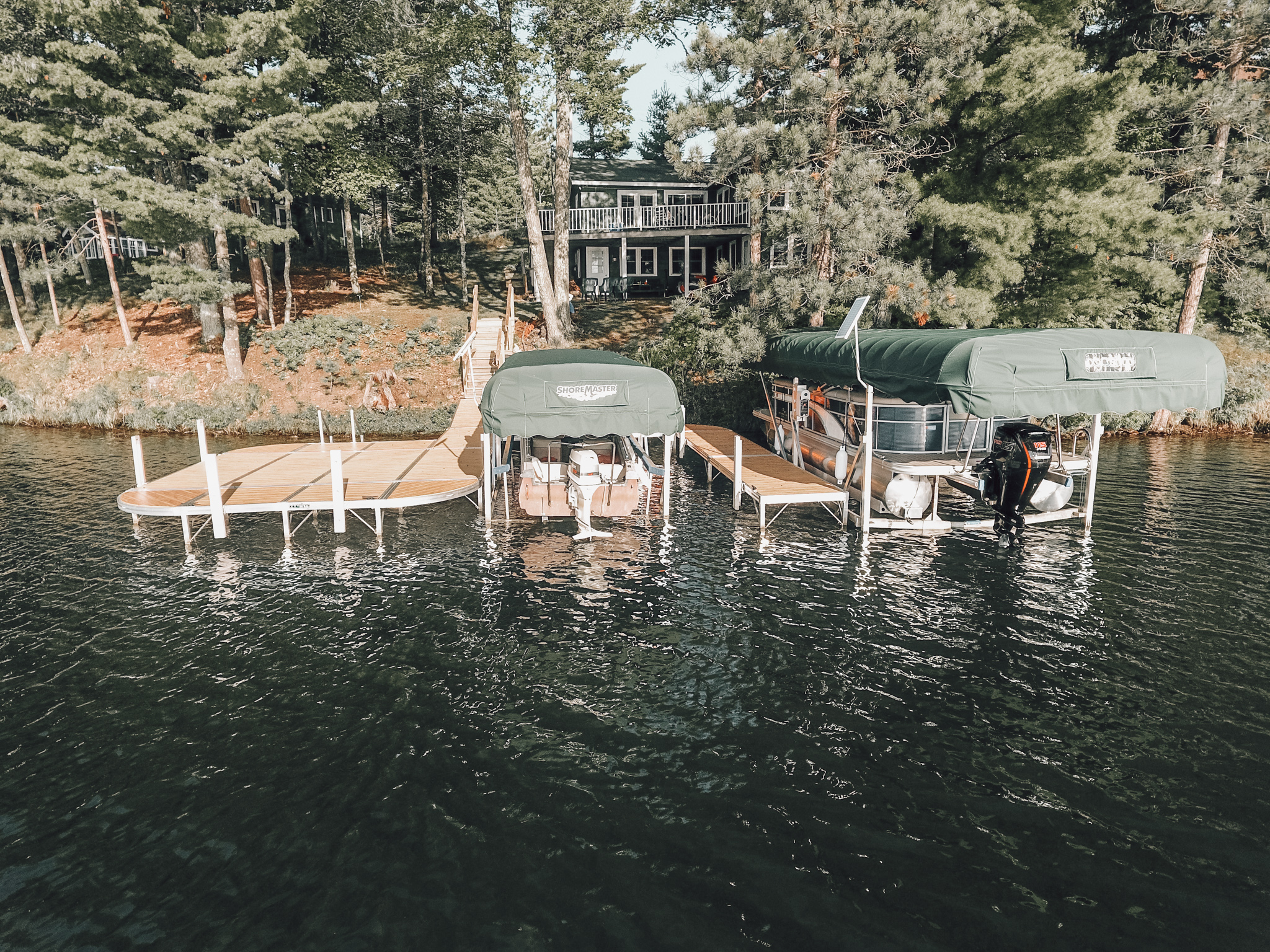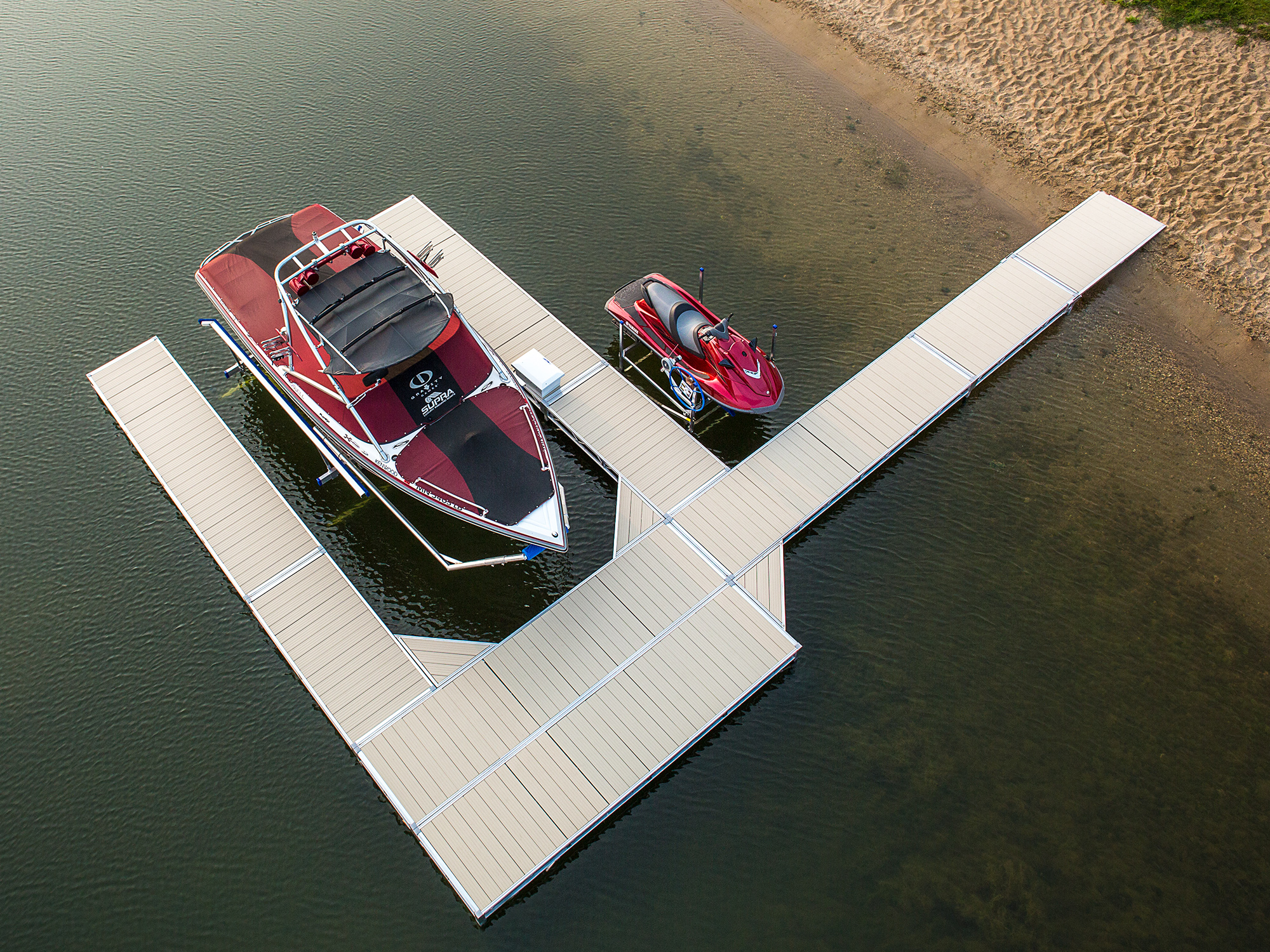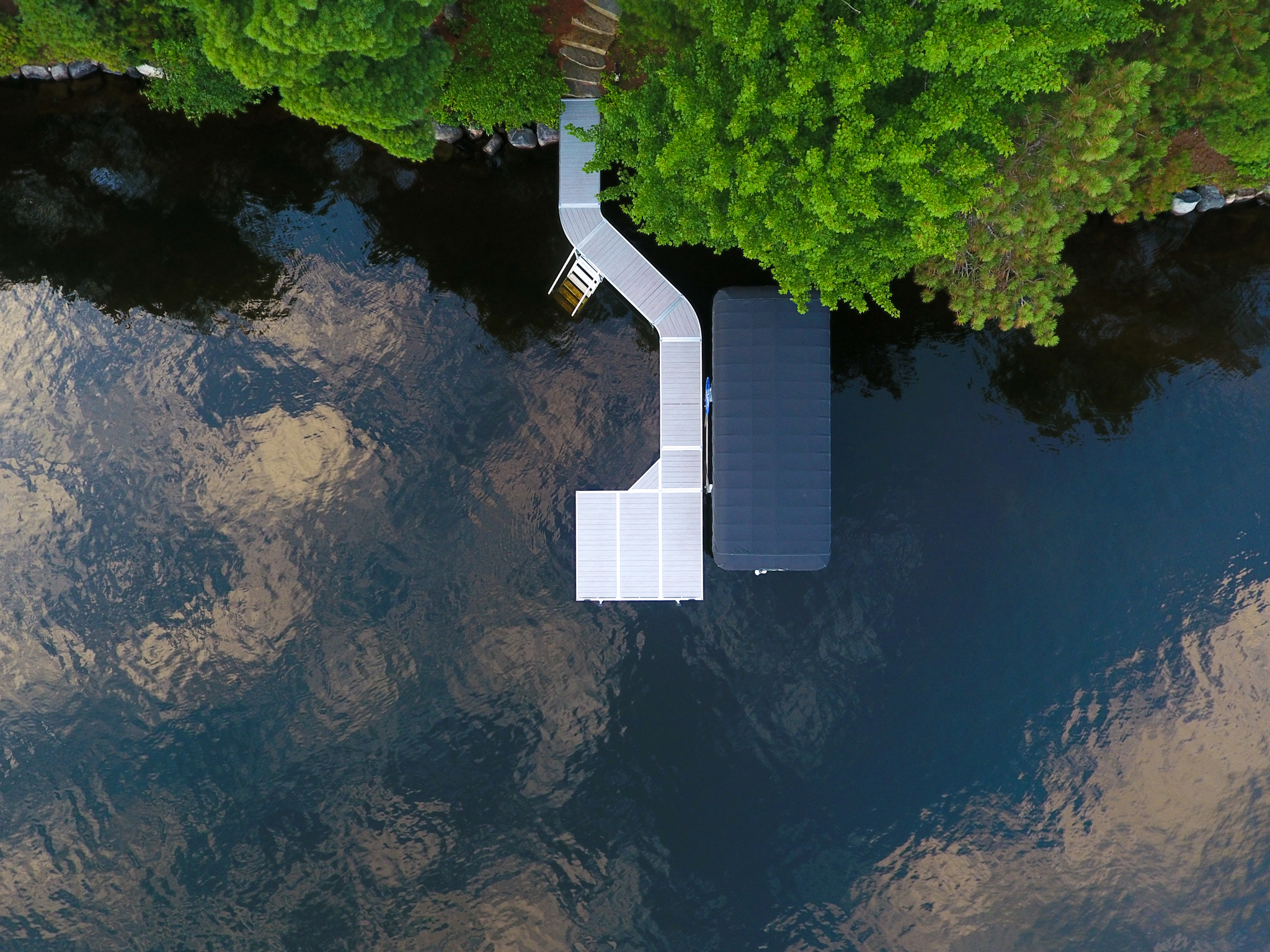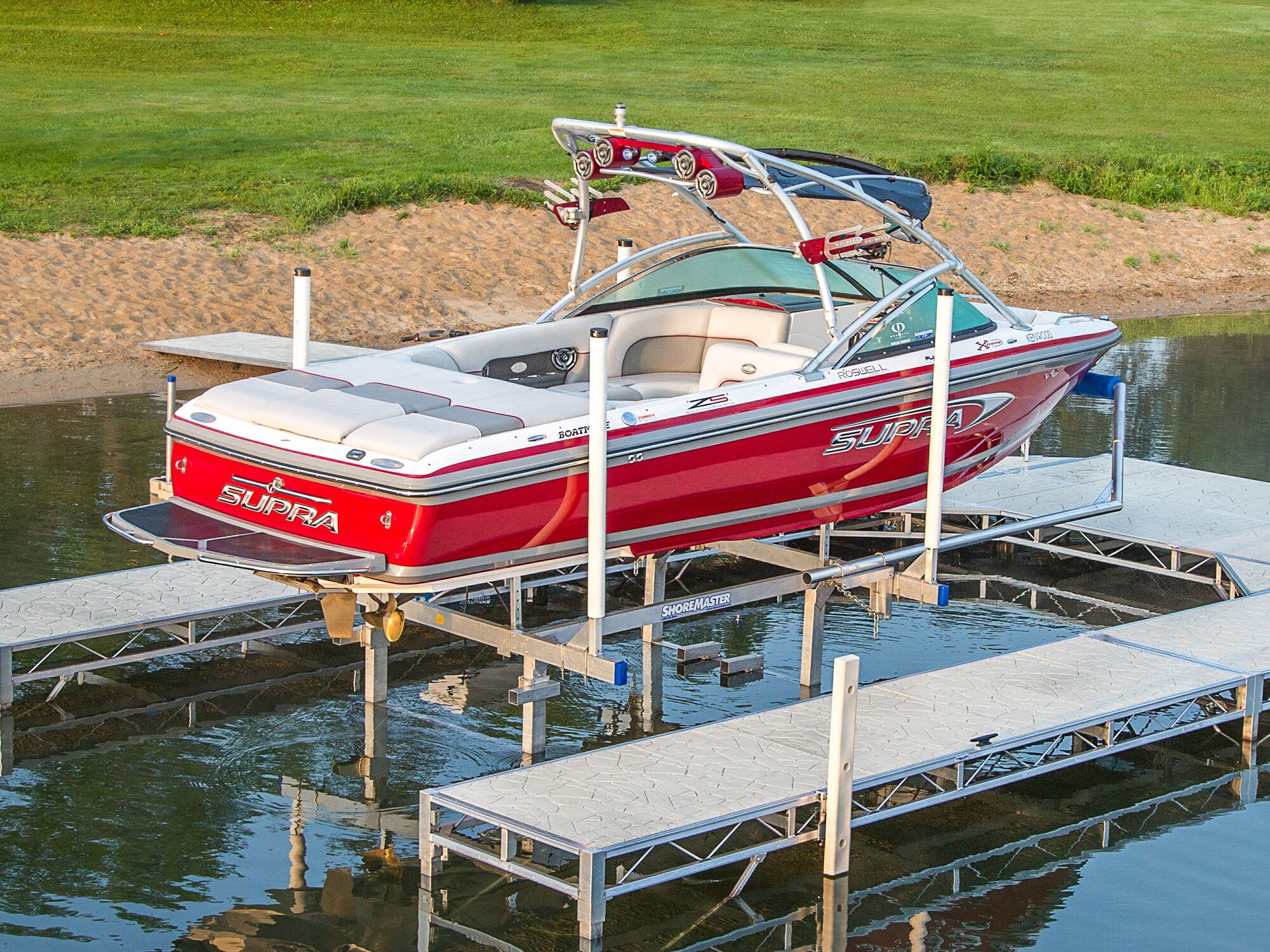Posted on June 13, 2019
Boat Maintenance Checklist: Preparing for Boating Season
Written by ShoreMaster Marketing
For boaters who can’t get out on the water year-round, preparing for boating season can be a big undertaking. There’s a lot to think about and do before summer arrives to make sure that boating season goes smoothly and safely and that the focus is on having fun. ShoreMaster, LLC, is headquartered in Minnesota, and they have a list of great, timely tips for boat season preparation.
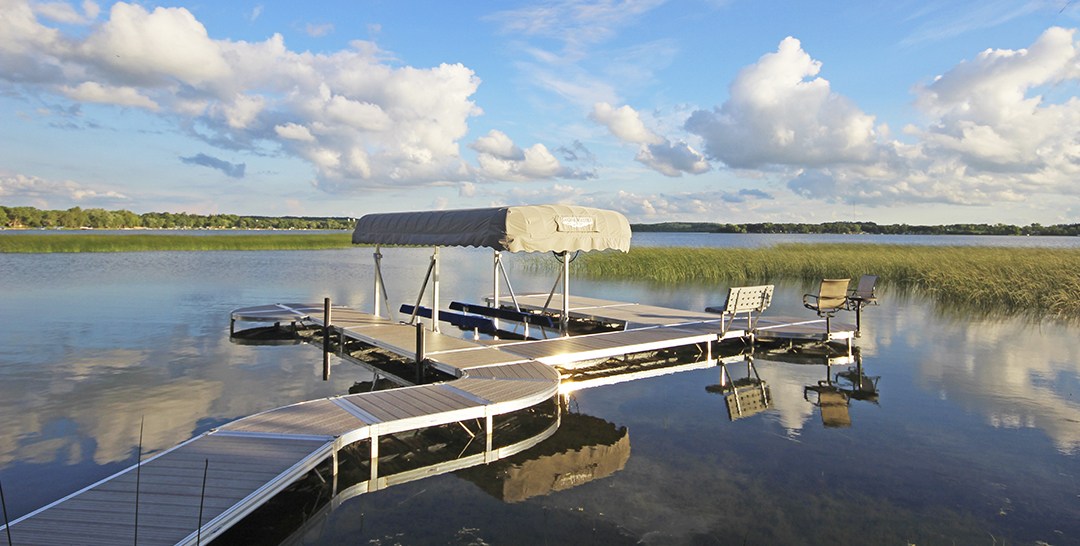
Register Your Boat
One of the most important steps of boat ownership is to make sure that your boat is registered in the state of primary use. Boat registration will help keep boating safe and fun for everyone on the water. The fee goes to protect your state’s waters, and the registration can help prove that you’re the rightful owner of your boat. Check with your local guidelines about what you’ll need to do and have, as the requirements and regulations vary between states. Depending on what type of boat you have, your registration number and validation sticker might need to be displayed.
Boat Maintenance
There are a lot of items that you should inspect and address on your boat before you take it out on the water. As part of your spring boating season preparation, keep this list handy to ensure that your boat runs smoothly.
- Empty your fuel tank and refill it with fresh fuel and fuel treatments
- Fully recharge your battery and fill the cells with distilled water
- Replace the oil filter and lubricate all parts; lower-case oil should be free of leaks
- Electrical systems such as fuses, spark plugs, and wires should be checked and properly replaced
- Inspect the propeller for damage or fishing line
- The hull is free of blisters and cracks
- The water tank is flushed
- All lines are checked
- The engine anode is inspected
- If you have one, check the hydraulic steering system for proper fluid levels, leaks, and tilt
- Inspect the steering, shift, and throttle cable
- Check and change all of the fluid levels as appropriate including engine oil, power steering, and coolant
Dock Set-Up
Spring is a great time to set up your dock before boating season begins. It’s a good idea to err on the side of easy assembly: tearing a dock down in the fall, storing it in the winter, and setting it up in the spring can be a lot of work, but a high-quality sectional or wheel-in dock can make the process easier. If your dock is made of lightweight material like aluminum and features removable decking and a system that’s easy to put together by hand, all the better.
When you’re setting up your dock, make sure that you’re mindful of the water level. Springtime weather means rain and melted snow that can affect the depth of your waterfront. A dock system with an adjustable height can help ensure that the tallest waves don’t hit your dock frame in the water.
Consider Safety
Learn about what to do in an emergency before it happens. Go through a safety checklist like this one to make sure you’re prepared, and read the owner’s manual of your boat for more specific instructions on your watercraft. Check for these things before you set out for boating season:
- Fire extinguishers that everyone is familiar with that have been checked within the last year and tagged by a licensed facility. Make sure that at least one is accessible from the helm or cockpit.
- Personal flotation devices, including life vests, are checked for wear, abrasions, weak or torn seams, secure straps and buckles, and secure and charged cartridges for inflation devices if applicable.
- Your fuel system is clean, secure, leak-free, rust free, and in good condition. Fuel shut-off valves on the tank and at the engine should be working. Your blower switch should be at a remote location.
- Test the smoke and carbon monoxide detectors.
- Batteries need to be well secured and stored in containers that are ventilated, non-corrosive, and liquid-tight. Fit non-conductive covers over posts.
- Your electrical system should be clean, secure, protected against chafing and strain, and approved for marine applications. Protect your system with circuit breakers and fuses, keep the terminals and connections sealed, and ground to zincs if necessary.
- Stoves should be labeled, insulated, clean, and designated for marine use. They should be ventilated overboard and below the level of the tank base. Store them in an area separate from the interior of the boat and the engine room. Hoses, lines, and fittings should be approved and inspected. There should be a tightly secured shut-off valve at the tank.
- Lifelines and rails should be clean and in good repair, with stanchions and pulpits securely mounted and hardware tight and sealed at the deck.
- Ground tackle is appropriate for your boat and bottom conditions and tackle properly secured.
- Bilge pumps and manual backup are clean, free to circulate, and checked frequently.
- Through-hull hoses are in good condition and properly bonded. Strains, intakes, and exhaust or discharge fittings should be free from restrictions.
- All parts of the boat are free of corrosion and lubricated or painted to prevent it.
With all of that set, you’re ready to enjoy your boating season!

